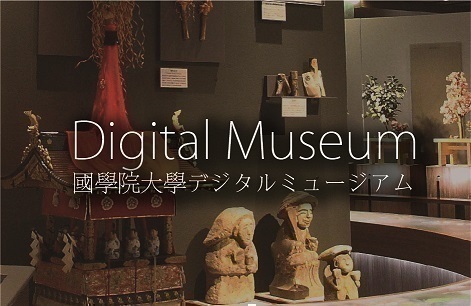- トップ
- Encyclopedia of Shinto
- Batō shin matsuri
Encyclopedia of Shinto
| Main Menu: | |
| Links: |
詳細表示 (Complete Article)
| カテゴリー1: | 5. Rites and Festivals |
|---|---|
| カテゴリー2: | Individual Shrine Observances |
| Title | Batō shin matsuri |
| Text | A long established major festival held around April 22 at the Taga Shrine (Taga Taisha) in Taga Town, Inukami District, Shiga Prefecture. Also called the Taga Festival. The observances comprising the festival are carried out under the leadership of the so-called batōnin, a select member of the local community who performs his role riding on a horse. This custom is derived from the old tradition of having a representative of the provincial officials serve as ritual functionary. Apart from the batōnin, another dignitary referred to as o-tsukai-den also acts as ritual functionary. During the Edo period, these festival leaders were chosen from among the members of powerful local families. On April 12, ceremonies are performed for "attaching the rope" (onshimehari) and "inviting the kami" (onkamiire). The purpose of these two ceremonies is to welcome the kami celebrated in the festival (saijin) to the sacred room of the batōnin, a side room of the inner sanctuary (honden). The role of the o-tsukai-den is to make morning and evening offerings until the end of the rituals. On April 15, the batōnin takes a purifying bath. On April 18, he engages in offertory ceremonies himself, taking part in the sakigui rite, in which offerings are fed to two birds regarded as messengers of the kami, the torch rite (taimatsu gyōji), and a ritual horse race. A night festival takes place on April 21. On the twenty-second the annual festival (reisai saiten) is held, followed by the transfer of the portable shrine (mikoshi) housing the kami to its temporary resting place (otabisho) at the Totonomiya Shrine in Kurusu. The procession accompanying the mikoshi is said to resemble that of a feudal lord (daimyō) holding fiefs worth one-hundred thousand koku of rice. During the rites performed at Kurusu the chief priest (gūji) is presented with the branch of a tomi tree (a type of katsura tree), which he places on his head as a headdress. Then, the batōnin and the o-tsukai-den proceed to the Tsue Shrine where they rejoin the mikoshi one more time. After the ceremonies at Tsue Shrine, the procession heads for Hindaigawara. This part of the journey is called honwatari. Here, facing each other on horses in front of the mikoshi, the batōnin and the o-tsukai-den cross their ritual wands (heihaku) in a ceremony known as Gohei awase no shiki. Since the two ritual officiants (tōnin) celebrate the male kami Izanagi and female kami Izanami respectively, their gesture of crossing the wands is said to represent the union of yin and yang elements. On the way back to the main shrine, the chief priest hands one tomi branch to the batōnin and the o-tsukai-den, which they attach to their ritual headdress (kanmuri). After returning the kami to the main shrine, the batōnin and o-tsukai-den participate in various observances including the Rite of Waving the Ritual Wand (Heifurishiki), the evening sun ritual (Yūhi shinji), and the onhi rite, in which the a casket (onhi) holding the shintai of the kami is waved from side to side. — Mogi Sakae |




